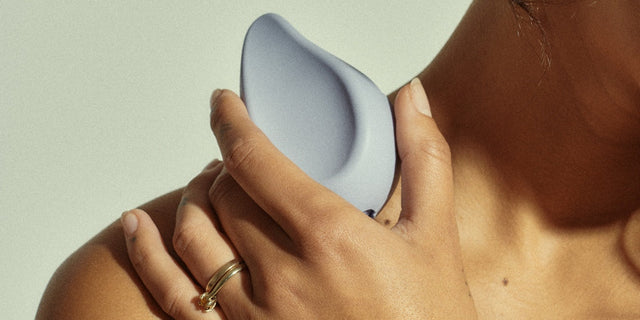Mai Vu is a pelvic floor physiotherapist working at major maternity hospital in Melbourne. Mai has postgraduate qualifications in pelvic floor, and in assessment and management of pelvic organ prolapse. She has a passion for treating women of all ages and has a special interest in cancer-related women’s health issues and bowel conditions.
"Happy World Continence Week! That one week in the year where us as pelvic floor physiotherapists, continence nurses, gynaecologists, and urogynecologists can have our time to shine and spread the word! Anyone who knows me will know that I have no issues with talking about “taboo” subjects like vaginas, bladder, and bowel motions. I honestly can’t get enough of it! These should be subjects that we should all be talking about, no matter what life stage we are at.
Incontinence is not just about bladder control
One in 3 women who have had a baby suffer from some form of incontinence. We hear a lot these days about ‘light bladder leaks’ but incontinence can come in all different forms. Both men and women can have incontinence which is characterised by the inability to control your bladder, bowel, or wind. These symptoms can cause embarrassment to those silent (or not so silent) sufferers out there. Men and women of all ages should feel empowered that they can do something about these symptoms and there is plenty of research to back it up.
Use it or lose it!
Like any muscles in your body you have to exercise and strengthen it to keep it strong and the same applies to your pelvic floor muscle. The pelvic floor muscle is a muscle that attaches to your pubic bone at the front, and to your tailbone at the back. It acts like a hammock to support your pelvic organs, and wraps around the openings to keep you continent. Both men and women have pelvic floor muscles. Research shows that pelvic floor exercises can cure or improve symptoms of urinary incontinence.
Squeeze and lift (but don’t forget to relax!)
Pelvic floor exercises or ‘kegels’ are becoming more mainstream but what I hear time and time again is “how do I know I am doing them correctly?”
Unfortunately, this muscle isn’t a muscle we can see from the outside. It isn’t as simple as doing a bicep curl but fortunately you do not need any special equipment for it.
Finding those muscles can be the hardest part but it is also the most important step when you are planning a pelvic floor exercise program.
Here are my tips to getting your pelvic floor muscle going;
- First try to squeeze around your vagina and your back passage and lift up inside. At the end of the squeeze allows your pelvic floor muscle to relax.
- If you are finding it a bit tricky to isolate those muscles, the next time you have wind in the back passage, try to see if you can hold it in for a few extra seconds, before letting it go gently. You can also try to imagine you are busting for the toilet and there is no toilet around, it is that squeeze you do around the openings to stop yourself from having an accident.
- You should never exercise your pelvic floor muscle while you are on the toilet. While you can try to stop or slow the flow of urine to check if you are activating those muscles correctly, do not do this more than once a week.
- If you are having trouble with activating your pelvic floor muscle, want to check your technique, or have any pelvic floor symptoms find a professionally qualified pelvic floor physiotherapist.
You can find a physiotherapist with appropriate qualifications on
CFAphysios.com.au or www.continence.org.au "







